Running t-shirts
-
HUSTLE MIND women's running relaxed t-shirt
Regular price €27,99 EURRegular priceUnit price / per -
DREAM & PLAN unisex running t-shirt
Regular price From €18,99 EURRegular priceUnit price / per -
THE MARATHON unisex running t-shirt
Regular price From €18,99 EURRegular priceUnit price / per -
NATURALLY RUNNERS unisex running t-shirt
Regular price From €18,99 EURRegular priceUnit price / per -
RUNNING KEEPS ME ALIVE unisex running t-shirt
Regular price From €18,99 EURRegular priceUnit price / per -
BELIEVE IT unisex running t-shirt
Regular price From €18,99 EURRegular priceUnit price / per -
TRAIL RUNNERS MANTRA unisex running t-shirt
Regular price From €18,99 EURRegular priceUnit price / per -
RUNNING TEAM unisex running t-shirt
Regular price From €18,99 EURRegular priceUnit price / per
Why Printoo?
-
Unique Designs
POD (Print on Demand) T-shirts are created with unique, personalized designs, ensuring you wear a piece that reflects your style and individuality.
-
High Quality
The t-shirts are made from high-quality materials, and thanks to advanced printing technology, the designs remain vibrant and durable, even after frequent washing.
-
Eco-Friendly
The POD method reduces excess inventory and material waste, as only ordered products are produced. This makes it a more sustainable and environmentally friendly alternative to traditional mass production.
Bicycle -t-shirts
-
BIKESEXUAL unisex t-shirt
Vendor:Printoo ShopRegular price From €18,99 EURRegular priceUnit price / per -
THE CYCLING LEGEND unisex t-shirt
Vendor:Printoo ShopRegular price From €18,99 EURRegular priceUnit price / per -
BICYCLE FUN unisex t-shirt
Vendor:Printoo ShopRegular price From €18,99 EURRegular priceUnit price / per -
FOREST CYCLING unisex t-shirt
Vendor:Printoo ShopRegular price From €18,99 EURRegular priceUnit price / per -
BIKE unisex t-shirt
Vendor:Printoo ShopRegular price From €18,99 EURRegular priceUnit price / per -
INSTOPPABLE unisex t-shirt
Vendor:Printoo ShopRegular price From €18,99 EURRegular priceUnit price / per -
OFF THE GRID unisex t-shirt
Vendor:Printoo ShopRegular price From €18,99 EURRegular priceUnit price / per -
I ONLY CARE ABOUT MTB unisex t-shirt
Vendor:Printoo ShopRegular price From €18,99 EURRegular priceUnit price / per

Free shipping on all orders. We can only fulfill orders within the European Union.
Dogs t-shirts
-
THE DOG LIVES unisex dog series t-shirt
Regular price From €18,99 EURRegular priceUnit price / per -
REPUGLICAN unisex dog series t-shirt
Regular price From €18,99 EURRegular priceUnit price / per -
MORE DOG unisex dog series t-shirt
Regular price From €18,99 EURRegular priceUnit price / per -
BEST PROTECTION unisex dog series t-shirt
Regular price From €18,99 EURRegular priceUnit price / per -
WITH MY DOG unisex dog series t-shirt
Regular price From €18,99 EURRegular priceUnit price / per -
PUG LIFE unisex dog series t-shirt
Regular price From €18,99 EURRegular priceUnit price / per -
DOG GROOMER unisex dog series t-shirt
Regular price From €18,99 EURRegular priceUnit price / per -
PUGS unisex dog series t-shirt
Regular price From €18,99 EURRegular priceUnit price / per
Cats t-shirts
-
SCHRODINGER'S CAT Cat series unisex cotton t-shirt
Vendor:Printoo ShopRegular price From €18,99 EURRegular priceUnit price / per -
CRAZY CAT LADY Cat series unisex cotton t-shirt
Vendor:Printoo ShopRegular price From €18,99 EURRegular priceUnit price / per -
DRINK UP PUSSIES Cat series unisex cotton t-shirt
Vendor:Printoo ShopRegular price From €18,99 EURRegular priceUnit price / per -
NOT TODAY Cat series unisex cotton t-shirt
Vendor:Printoo ShopRegular price From €18,99 EURRegular priceUnit price / per -
NEED THESE CATS Cat series unisex cotton t-shirt
Vendor:Printoo ShopRegular price From €18,99 EURRegular priceUnit price / per -
CATZILLA Cat series unisex cotton t-shirt
Vendor:Printoo ShopRegular price From €18,99 EURRegular priceUnit price / per -
MY CAT & I Cat series unisex cotton t-shirt
Vendor:Printoo ShopRegular price From €18,99 EURRegular priceUnit price / per -
FELINE GOOD Cat series unisex cotton t-shirt
Vendor:Printoo ShopRegular price From €18,99 EURRegular priceUnit price / per
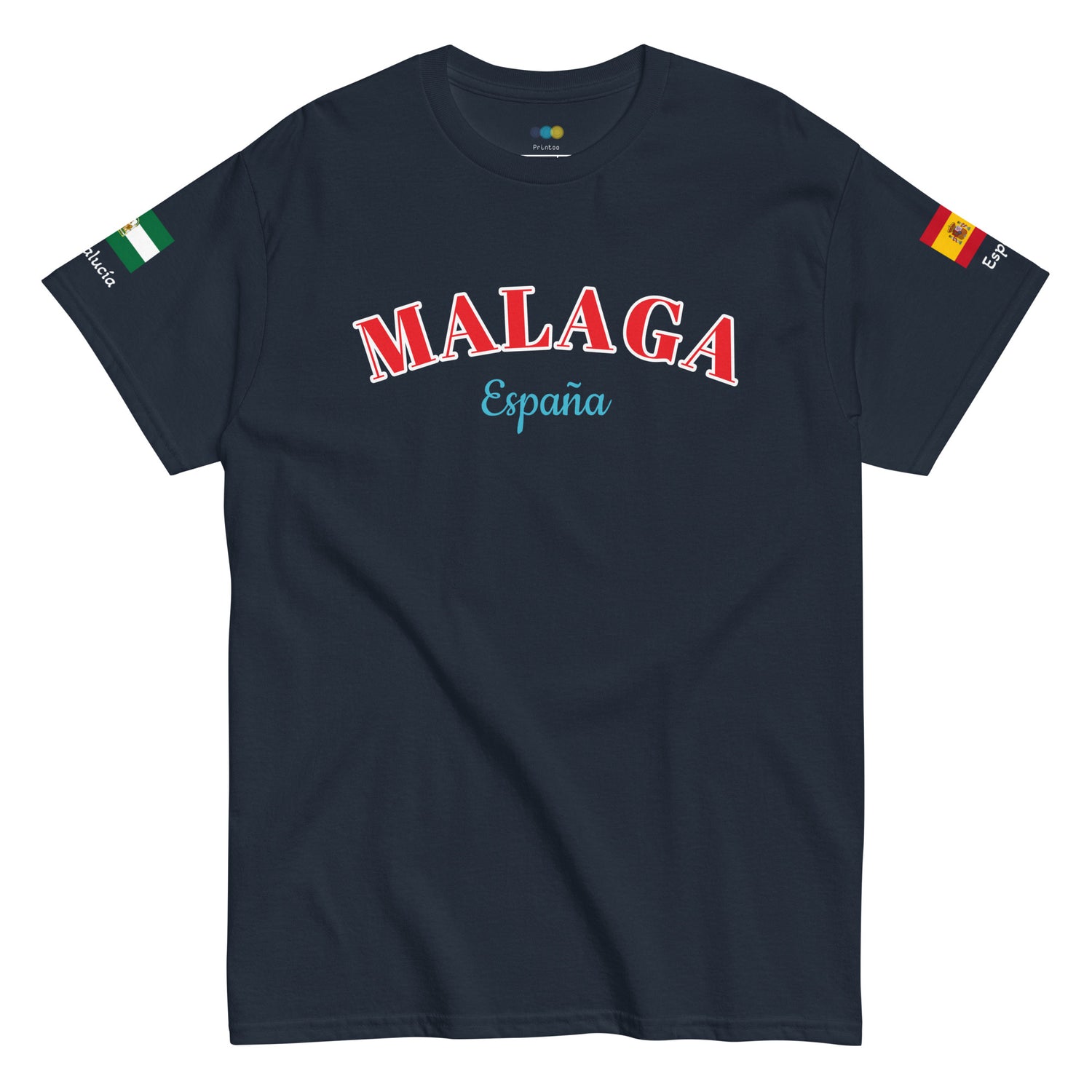
The Benefits of Choosing POD Products
Why Choose POD Products?
Print-on-Demand (POD) products offer numerous benefits for conscious consumers. By purchasing POD items, you contribute to reducing waste, as these products are only made when an order is placed, eliminating overproduction. Additionally, POD allows for unique and personalized designs, ensuring you receive a product that is tailored to your preferences. Support sustainable practices and stand out with custom-made POD products!
Print-on-Demand (POD) vs Fast Fashion
The fast fashion model and the Print-on-Demand (POD) model represent two different approaches to clothing production and consumption. Here are the key differences and the advantages of the POD model:
Fast Fashion
Overproduction: Fast fashion brands produce large quantities of clothing, often leading to significant waste if items remain unsold
Environmental Impact: The rapid production cycle of fast fashion contributes to high levels of pollution and resource depletion
Quality vs Quantity: Fast fashion focuses on producing trendy items quickly and cheaply, often sacrificing quality.
Labor Practices: Fast fashion is often criticized for poor labor conditions in factories to keep costs low
POD (Print-on-Demand)
- Reduced Waste: POD products are made to order, which means there is no overproduction. This significantly reduces waste
- Sustainable Practices: With POD, the environmental impact is minimized as only the required amount of products are produced, reducing excess inventory and waste
- Customization: POD allows for unique, personalized designs, offering consumers a more tailored and exclusive product
- Higher Quality: Because items are produced on demand, there is often a greater focus on quality and craftsmanship
- Ethical Production: POD typically involves more ethical labor practices, as the production is scaled to demand and can avoid the exploitative practices often seen in fast fashion
In summary, the POD model offers a more sustainable, ethical, and personalized approach to clothing production, addressing many of the issues associated with the fast fashion industry.
Tips for Recycling Clothes
Donate
Donating your gently used clothes to local charities, shelters, or thrift stores is a great way to give back to the community. These organizations often distribute clothes directly to those in need or sell them at low prices to fund their operations. Ensure the clothes are clean and in good condition before donating
Repurpose
Get creative with old clothes by repurposing them into something new. Turn T-shirts into cleaning rags, quilts, or even tote bags. Old jeans can become stylish shorts or patchwork projects. Repurposing not only extends the life of the fabric but also reduces waste
Swap
Organize a clothing swap event with friends, family, or coworkers. This can be a fun social event where everyone brings clothes they no longer wear and exchanges them. You get new-to-you items without spending money, and it’s an eco-friendly way to refresh your wardrobe. Check for local swap events or online swap groups too
Sell
If you have clothes in good condition that you no longer wear, consider selling them online. Platforms like eBay, Poshmark, and Depop make it easy to list and sell items. This is a great way to make some extra money and give your clothes a new life. Take clear photos and provide accurate descriptions to attract buyers
Recycle
Many communities offer textile recycling programs where you can drop off worn-out clothes that can no longer be worn. These textiles are processed and turned into new materials, such as insulation, carpet padding, or industrial rags. Check with your local recycling center or retailers like H&M that offer textile recycling services
Repair
Before discarding damaged clothes, consider repairing them. Fixing minor issues like missing buttons, broken zippers, or small tears can significantly extend the life of your garments. There are plenty of online tutorials and repair kits available, or you can take items to a tailor for professional mending
Upcycle
Upcycling involves creatively altering or embellishing clothes to give them a new look and purpose. Add patches, embroidery, or fabric paint to refresh old garments. Turn a long dress into a chic skirt, or use fabric from multiple items to create a unique piece. Upcycling not only saves money but also results in one-of-a-kind fashion
Compost
Natural fiber clothes, such as those made from cotton, wool, or linen, can be composted if they are beyond repair and free of synthetic materials. Cut the fabric into small pieces to speed up the composting process. Ensure that any dyes used are environmentally friendly. Composting natural fibers returns organic material to the earth and reduces landfill waste

Camping & Outdoors
Stay Comfortable and Trendy on Your Outdoor Adventures with our Camping and Outdoors T-Shirts Collection
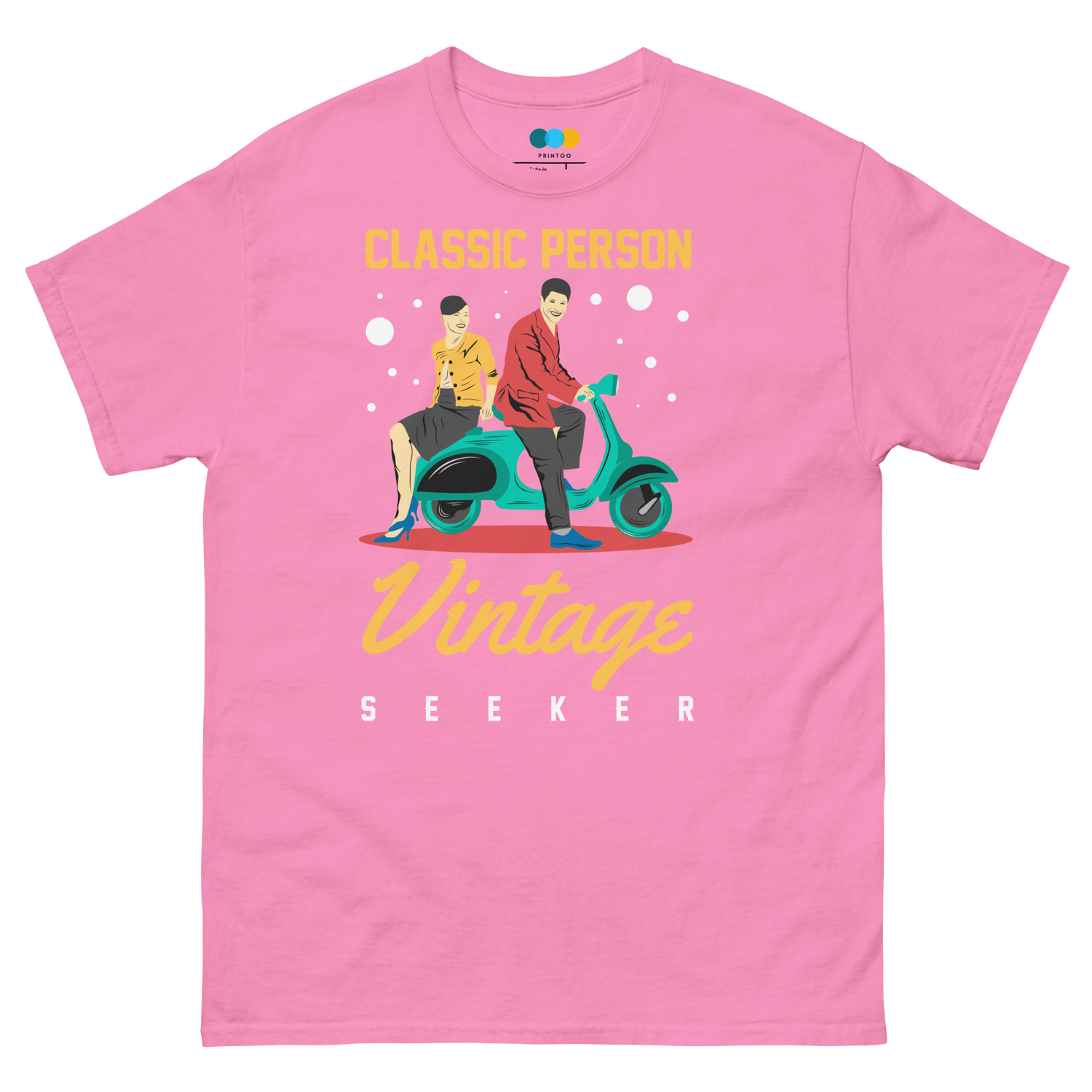
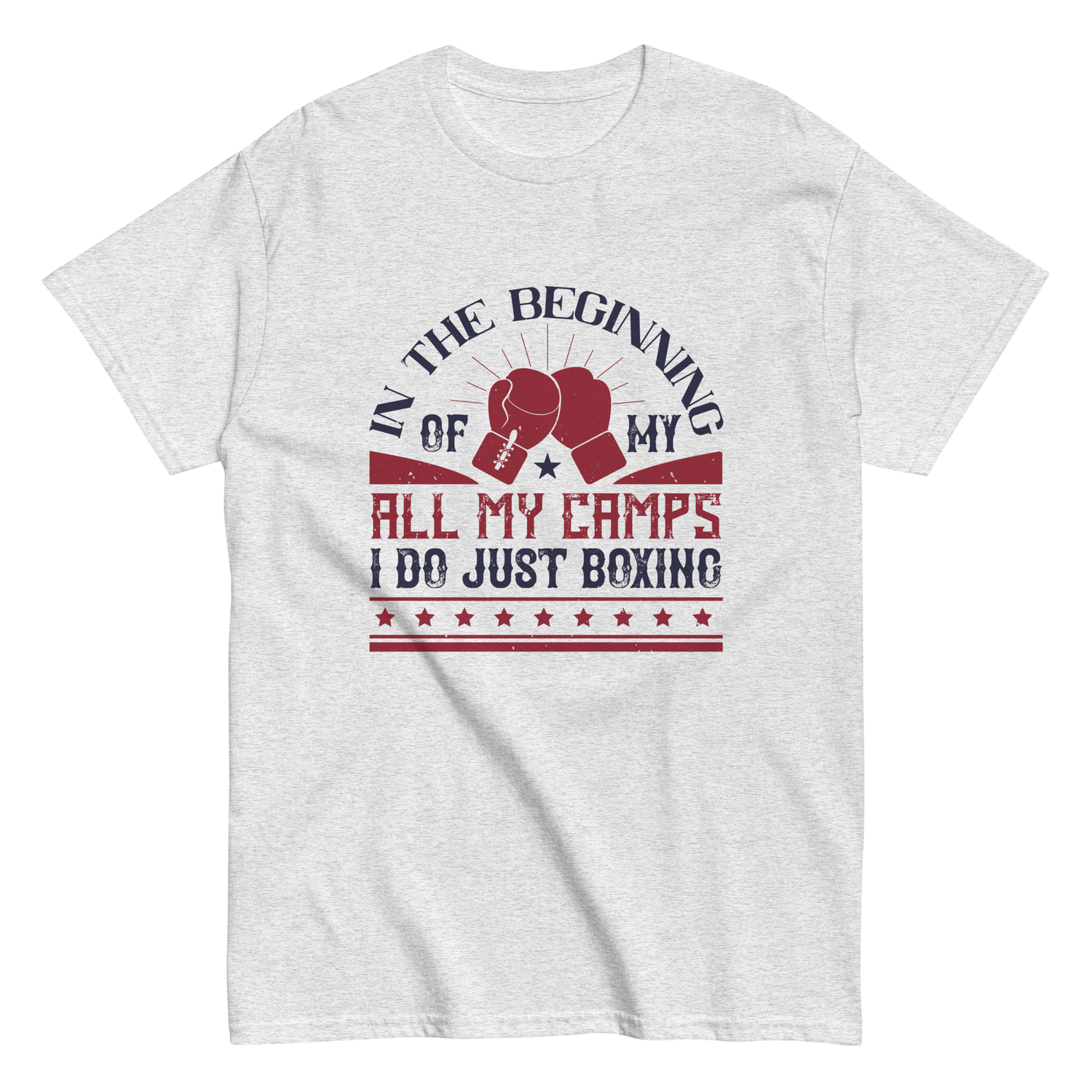

Summary of the History of T-Shirts
Origins and Early Development
The t-shirt originated in the late 19th century as an undergarment worn by laborers. Originally part of a one-piece union suit, it was later separated into a top and bottom. The top part, the t-shirt, became popular among workers for its lightweight and breathable fabric, ideal for hot conditions. By the early 20th century, the U.S. Navy adopted the t-shirt as part of their standard-issue undergarments. This adoption marked the beginning of the t-shirt's journey from functional workwear to a popular clothing item.
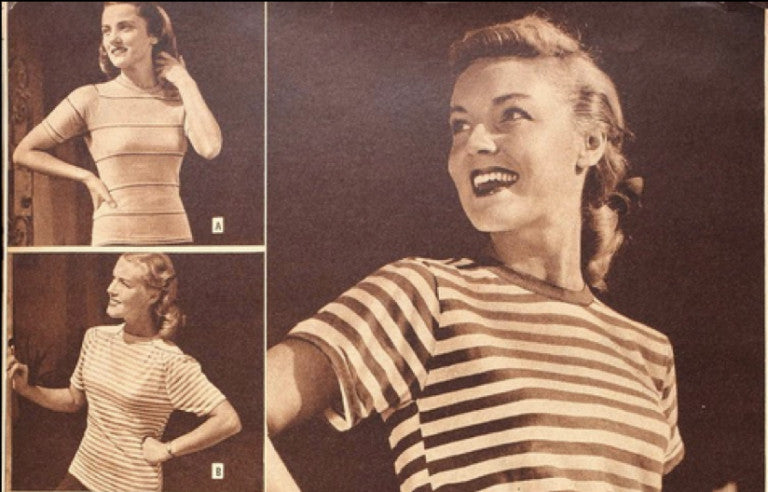
Summary of the History of T-Shirts
Mid-20th Century and Cultural Revolution
The mid-20th century saw the t-shirt's transformation from an undergarment to a mainstream outerwear piece. Marlon Brando's appearance in the 1951 film "A Streetcar Named Desire" and James Dean in "Rebel Without a Cause" in 1955 made the plain white t-shirt a symbol of rebellion and youth culture. The 1960s and 1970s further cemented the t-shirt's cultural significance with the rise of printed t-shirts, which became canvases for artistic expression, political messages, and advertising.
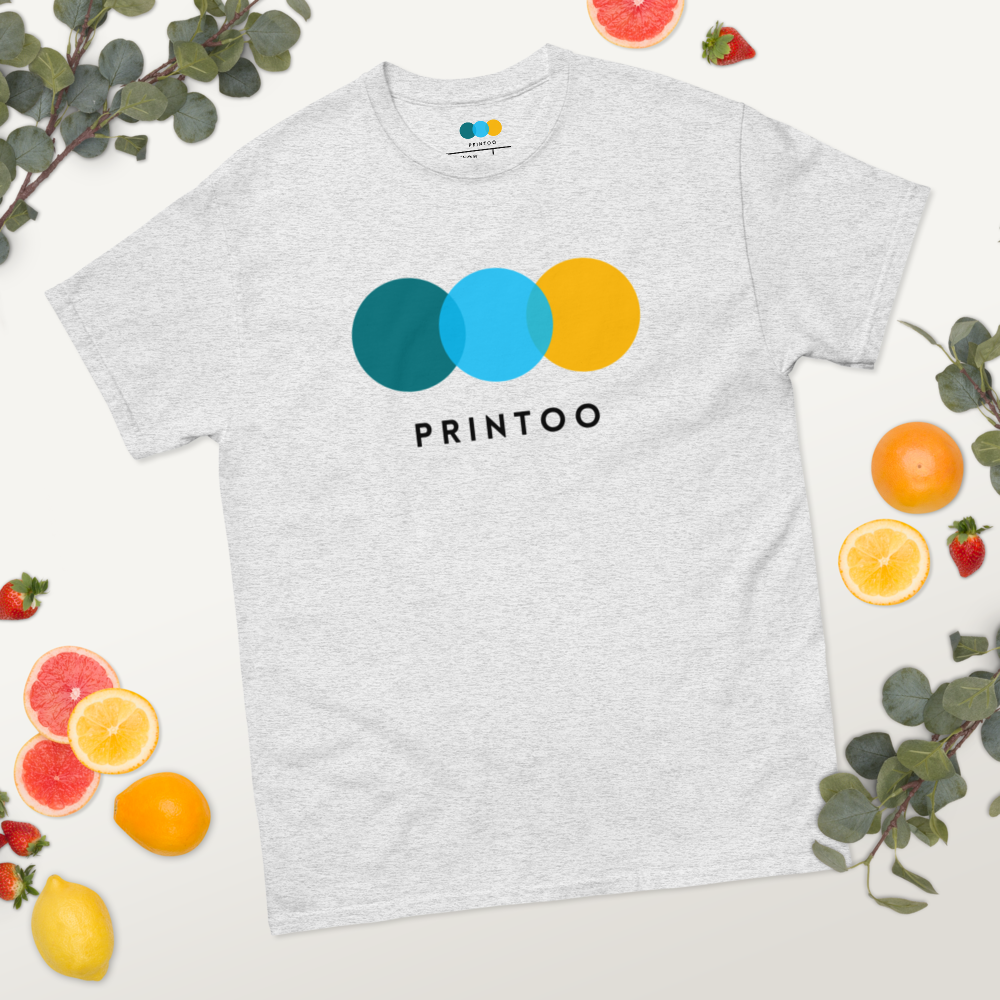
Summary of the History of T-Shirts
Modern Era and Global Popularity
In the modern era, the t-shirt has become a universal garment, embraced by all ages and social classes worldwide. The advent of screen printing and direct-to-garment printing technology allowed for more intricate and vibrant designs. Today, t-shirts are not only fashion staples but also mediums for personal expression, social commentary, and marketing. The rise of eco-friendly and sustainable fashion has also influenced t-shirt production, with an emphasis on organic materials and ethical manufacturing practices.
















































